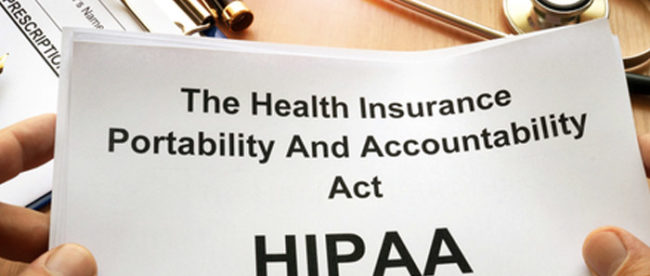Not known Facts About Pacific Prime
Not known Facts About Pacific Prime
Blog Article
4 Easy Facts About Pacific Prime Shown
Table of ContentsThe Best Guide To Pacific PrimeFascination About Pacific PrimePacific Prime for DummiesWhat Does Pacific Prime Mean?The Definitive Guide to Pacific Prime

This is since the data were gathered for a period of solid economic performance. Of the approximated 42 million individuals that were uninsured, all but regarding 420,000 (regarding 1 percent) were under 65 years of age, the age at which most Americans become qualified for Medicare; 32 million were grownups in between ages 18 and 65, about 19 percent of all adults in this age group; and 10 million were children under 18 years old, about 13.9 percent of all kids (Mills, 2000).
These price quotes of the variety of individuals without insurance are generated from the annual March Supplement to the Current Populace Survey (CPS), performed by the Demographics Bureau. Unless otherwise noted, national estimates of people without wellness insurance and proportions of the population with various type of coverage are based upon the CPS, the most extensively made use of resource of quotes of insurance protection and uninsurance prices.
Fascination About Pacific Prime

Still, the CPS is specifically beneficial due to the fact that it creates yearly estimates fairly quickly, reporting the previous year's insurance coverage estimates each September, and due to the fact that it is the basis for a consistent collection of estimates for even more than twenty years, enabling evaluation of fads in insurance coverage with time. For these factors, as well as the extensive use the CPS in other research studies of insurance coverage that are provided in this report, we count on CPS estimates, with limitations kept in mind.

The estimate of the variety of uninsured people broadens when a populace's insurance status is tracked for several years. Over a three-year duration beginning early in 1993, 72 million individuals, 29 percent of the united state populace, were without coverage for a minimum of one month. Within a single year (1994 ), 53 million individuals experienced a minimum of a month without insurance coverage (Bennefield, 1998a)
Six out of every ten without insurance grownups are themselves employed. Working does enhance the chance that one and one's household participants will have insurance policy, it is not a warranty. Also participants of family members with 2 full-time wage earners have almost a one-in-ten possibility of being uninsured (9.1 percent without insurance price) (Hoffman and Pohl, 2000).
The Buzz on Pacific Prime
New immigrants make up a substantial percentage of people without health and wellness insurance coverage. One analysis has connected a significant portion of the current growth in the dimension of the united state uninsured populace to immigrants who showed up in the nation in between 1994 and 1998 (Camarota and Edwards, 2000). Current immigrants (those who involved the USA within the past four years) do have a high price of being uninsured (46 percent), however they and their kids account for just 6 percent of those without insurance coverage across the country (Holahan et al., 2001).
The relationship between medical insurance and access to care is well developed, as documented later on in this phase. Although the partnership in between medical insurance and wellness end results is neither direct neither easy, a substantial scientific and health services study check out this site literary works web links medical insurance coverage to better access to care, better top quality, and enhanced individual and population health and wellness status.
Degrees of evaluation for checking out the results of uninsurance. It concentrates particularly on those without any type of health insurance coverage for any length of time.
Not known Facts About Pacific Prime
The issues encountered by the underinsured are in some areas similar to those faced by the without insurance, although they are typically less serious. Health and wellness insurance, nevertheless, is neither required nor enough to obtain accessibility to clinical services. The independent and straight effect of wellness insurance policy coverage on accessibility to health solutions is well established.
Others will acquire the healthcare they require also without health insurance coverage, by paying for it out of pocket or seeking it from providers who supply care cost-free or at extremely subsidized rates. For still others, medical insurance alone does not make certain receipt of care since of various other nonfinancial barriers, such as a lack of healthcare carriers in their neighborhood, minimal access to transportation, illiteracy, or etymological and social differences.
What Does Pacific Prime Mean?
Official research about uninsured populaces in the USA dates to the late 1920s and very early 1930s when the Committee on the Price of Treatment produced a collection of records about funding physician office brows through and hospital stays. This issue became significant as the varieties of clinically indigent climbed up during the Great Anxiety.
Report this page